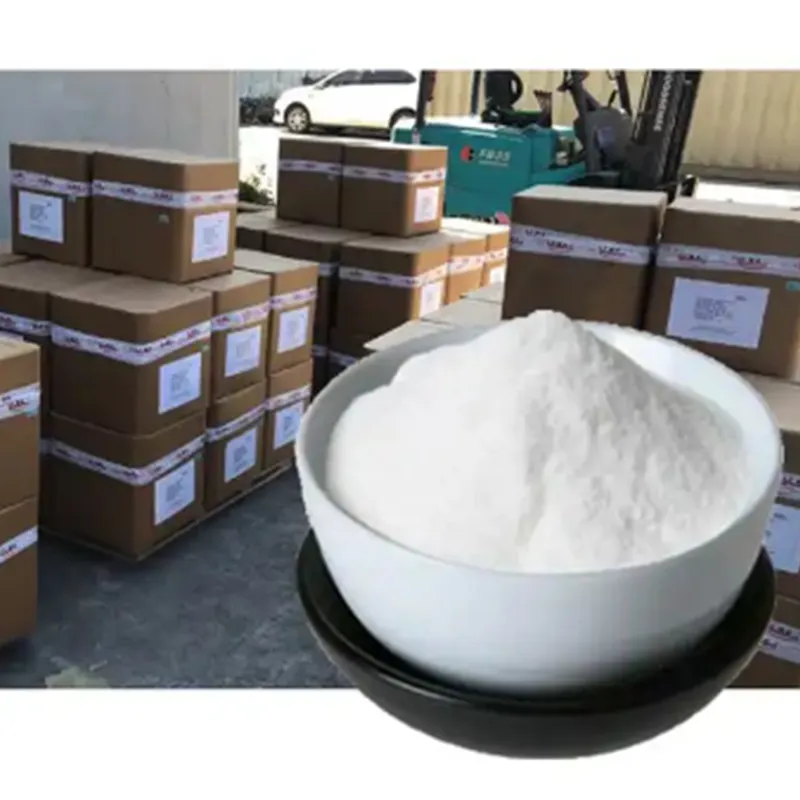
Exploring the Relationship Between Formaldehyde and Formic Acid in Chemical Reactions and Applications
The Relationship Between Formaldehyde and Formic Acid Implications and Applications
Formaldehyde and formic acid are two important chemical compounds that play significant roles in various industries, as well as in environmental science. Understanding the relationship between these two substances provides insights into their applications, health implications, and environmental impact.
Formaldehyde An Overview
Formaldehyde (CH₂O) is a colorless gas with a pungent odor, widely used in the production of resins, plastics, and various household products. It is also a vital preservative in laboratories and medical settings due to its ability to kill bacteria and fungi. However, formaldehyde is classified as a volatile organic compound (VOC) and is associated with various health risks, including respiratory issues and skin irritation. Moreover, long-term exposure has been linked to cancer, making it essential to monitor its levels in indoor air quality.
Formic Acid A Versatile Compound
Formic acid (HCOOH), the simplest carboxylic acid, is found naturally in the venom of ants and in certain plant sources. It is used industrially in leather production, textiles, and as a preservative in animal feed. The antimicrobial properties of formic acid make it valuable in various applications, including food preservation and disinfection. Additionally, formic acid is an essential intermediate in the synthesis of more complex organic compounds and serves as an effective reducing agent in chemical reactions.
The Interconnection between Formaldehyde and Formic Acid
formaldehyde and formic acid

The relationship between formaldehyde and formic acid is particularly noteworthy in the context of chemical reactions and degradation pathways. Formaldehyde can undergo oxidation processes to form formic acid, especially in the presence of catalysts or specific environmental conditions. This transformation is significant, as it highlights a potential pathway through which formaldehyde can be naturally mitigated in the environment.
Furthermore, both compounds are linked in nature's carbon cycle. Formic acid can be generated from biomass degradation, a process that often involves the presence of formaldehyde as a precursor. In this context, understanding their relationship helps chemists to develop sustainable practices for managing waste and utilizing natural resources effectively.
Health and Environmental Implications
The simultaneous presence of formaldehyde and formic acid raises concerns regarding indoor air quality and human health. While formic acid has a lower toxicity than formaldehyde, elevated levels of both substances can contribute to poor air quality and potential health risks. Studies have shown that VOCs, including formaldehyde, can lead to the formation of secondary pollutants, such as ground-level ozone, when exposed to sunlight. Those influenced by these pollutants may experience exacerbated respiratory diseases or allergic reactions.
To mitigate these risks, regulatory agencies have established permissible exposure limits for formaldehyde while promoting the use of less harmful alternatives such as formic acid in specific applications. The shift toward greener chemistry emphasizes the importance of reducing harmful emissions associated with formaldehyde production and fostering safer chemical practices.
Conclusion
In conclusion, the relationship between formaldehyde and formic acid underscores the complexity and interconnectivity of chemical compounds in our environment. Both substances play crucial roles in industrial applications, but their presence must be managed to protect human health and the environment. Continued research and innovation in chemical processes can foster a better understanding of these compounds, enabling more sustainable and health-conscious practices in various fields. As the demand for safer products grows, the chemistry of formaldehyde and formic acid will remain an essential area of focus for scientists, industry leaders, and policymakers alike.
-
nitrile-rubber-honoring-strict-production-standardsNewsAug.22,2025
-
aspartame-ingredients-honoring-food-safety-valuesNewsAug.22,2025
-
fertilizer-for-balanced-plant-nutritionNewsAug.22,2025
-
cyanide-gold-processing-with-high-purity-additivesNewsAug.22,2025
-
formic-acid-in-textile-dyeing-applicationsNewsAug.22,2025
-
aluminum-hydroxide-gel-in-skincare-productsNewsAug.22,2025
-
Regulatory Compliance for Global Mining Chemicals UseNewsAug.12,2025
Hebei Tenger Chemical Technology Co., Ltd. focuses on the chemical industry and is committed to the export service of chemical raw materials.
-

view more DiethanolisopropanolamineIn the ever-growing field of chemical solutions, diethanolisopropanolamine (DEIPA) stands out as a versatile and important compound. Due to its unique chemical structure and properties, DEIPA is of interest to various industries including construction, personal care, and agriculture. -

view more TriisopropanolamineTriisopropanolamine (TIPA) alkanol amine substance, is a kind of alcohol amine compound with amino and alcohol hydroxyl, and because of its molecules contains both amino and hydroxyl. -

view more Tetramethyl Thiuram DisulfideTetramethyl thiuram disulfide, also known as TMTD, is a white to light-yellow powder with a distinct sulfur-like odor. It is soluble in organic solvents such as benzene, acetone, and ethyl acetate, making it highly versatile for use in different formulations. TMTD is known for its excellent vulcanization acceleration properties, which makes it a key ingredient in the production of rubber products. Additionally, it acts as an effective fungicide and bactericide, making it valuable in agricultural applications. Its high purity and stability ensure consistent performance, making it a preferred choice for manufacturers across various industries.





